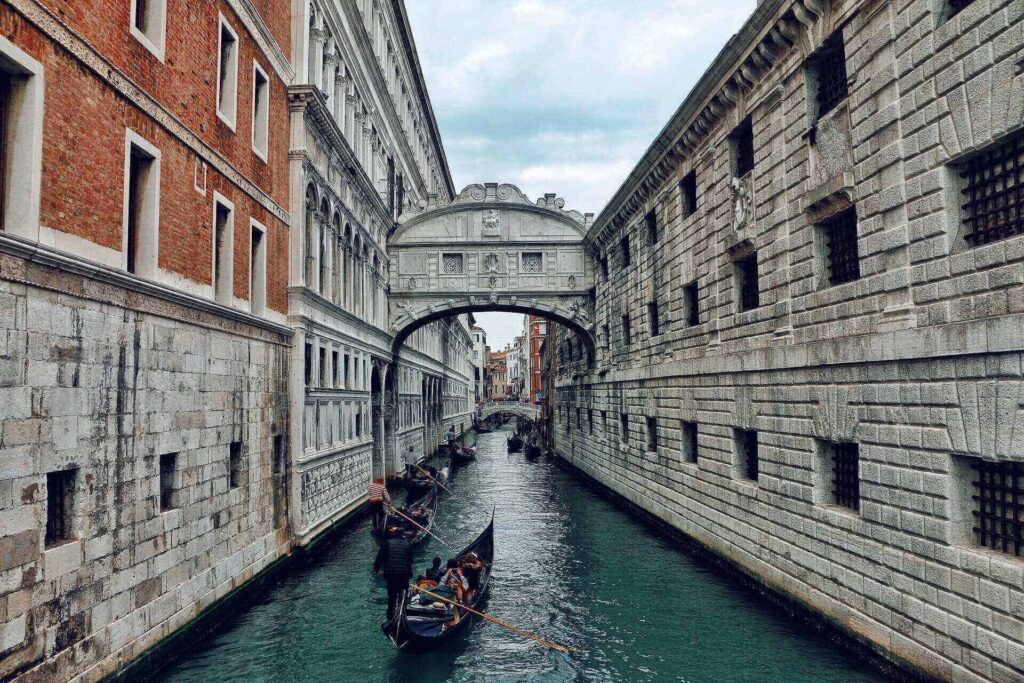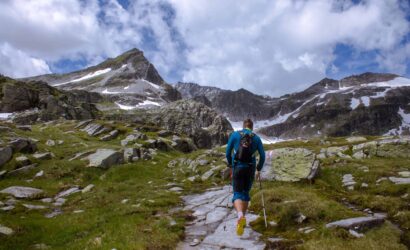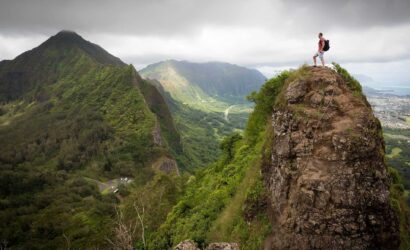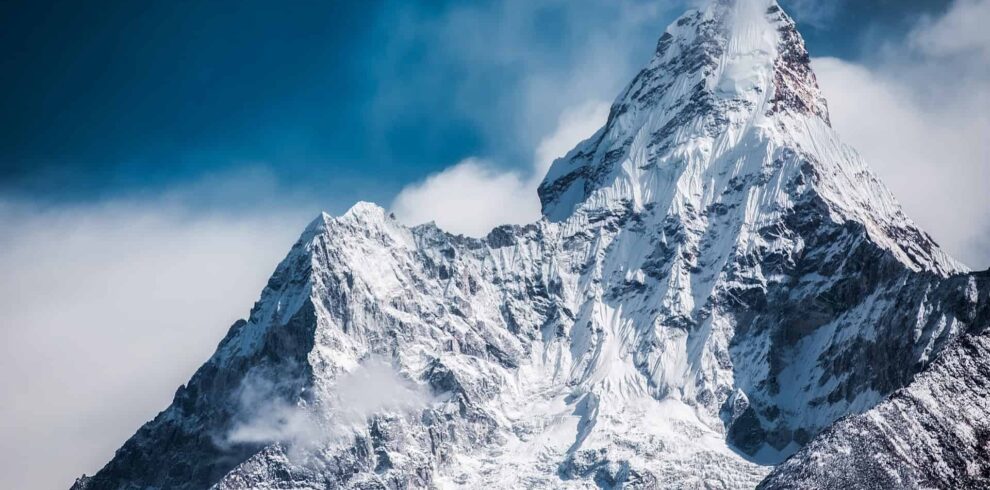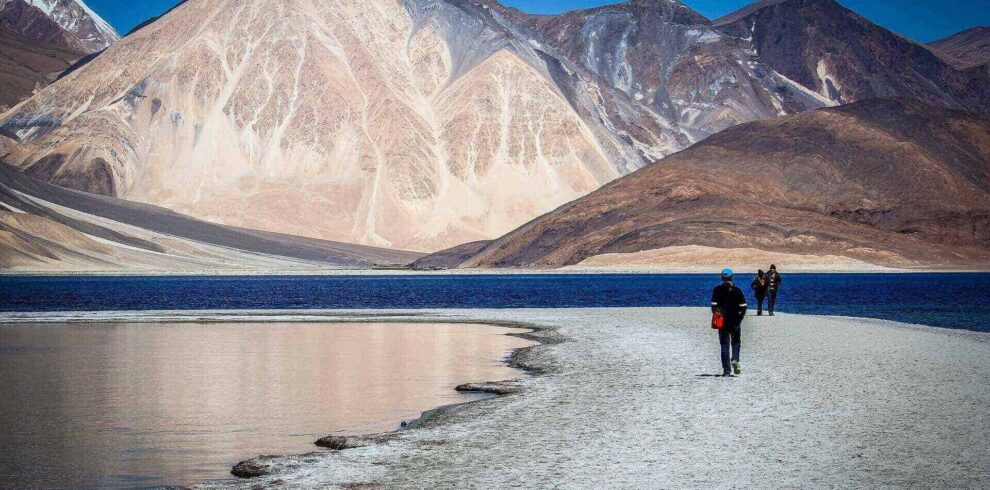Annapurna Circuit 是尼泊爾中部 Annapurna 山脈內的徒步路線。路線的總長度在 160-230 公里(100-145 英里)之間變化,具體取決於使用汽車交通的地點和徒步旅行的終點。這條長途跋涉穿過兩個不同的河谷,環繞著安納布爾納峰地塊。該路徑在 Thorung La 山口達到最高點(5416 米/17769 英尺),觸及青藏高原的邊緣。
實際上所有的徒步旅行者都是逆時針方向徒步的,因為這樣每天的海拔升高速度較慢,穿越高處的 Thorong La 山口更容易也更安全。近距離觀賞的山景包括安納普爾納峰(Annapurna I-IV)、道拉吉里峰、Machhapuchhre、馬納斯盧峰、Gangapurna、Tilicho Peak、Pisang Peak 和 Paungda Danda。許多其他海拔 6000-8000 米的山峰從安納布爾納峰山脈拔地而起。徒步旅行從 Marshyangdi 河谷的 Besisahar 或 Bhulbhule 開始,在 Kali Gandaki 峽谷結束。從加德滿都驅車七小時即可到達貝西薩哈爾。
Overview
Travel is the movement of people between relatively distant geographical locations, and can involve travel by foot, bicycle, automobile, train, boat, bus, airplane, or other means, with or without luggage, and can be one way or round trip. Travel can also include relatively short stays between successive movements.
The origin of the word “travel” is most likely lost to history. The term “travel” may originate from the Old French word travail, which means ‘work’. According to the Merriam Webster dictionary, the first known use of the word travel was in the 14th century.
It also states that the word comes from Middle English travailen, travelen (which means to torment, labor, strive, journey) and earlier from Old French travailler (which means to work strenuously, toil). In English we still occasionally use the words “travail”, which means struggle. According to Simon Winchester in his book The Best Travelers’ Tales (2004), the words “travel” and “travail” both share an even more ancient root: a Roman instrument of torture called the tripalium (in Latin it means “three stakes”, as in to impale).



